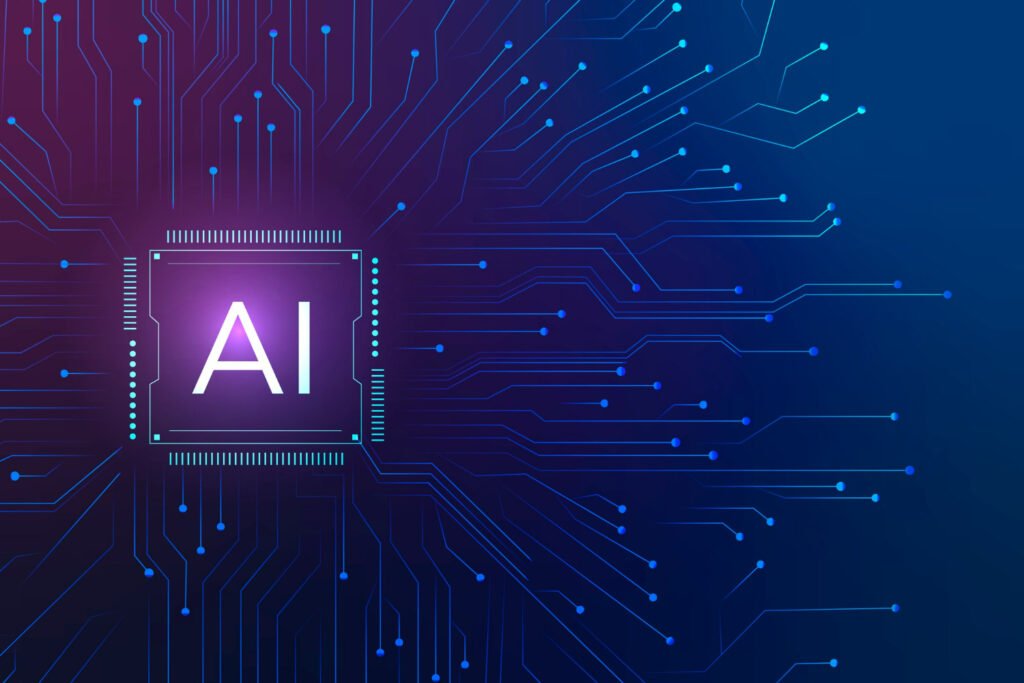
What is the role of AI in UX design?
Detailed Exploration of AI’s Influence in UX Design
The integration of Artificial Intelligence (AI) in User Experience (UX) design has ushered in a new era for digital interfaces. AI, with its ability to process large datasets and learn from user interactions, is redefining the way we approach UX design. Traditional methods often relied on static algorithms and preset rules, but AI introduces a dynamic and adaptive element to design. This change is not just about making interfaces smarter; it’s about making them more intuitive, responsive, and tailored to individual users’ needs. As AI continues to evolve, it promises to unlock even more potential in creating innovative, user-centered designs that were once thought impossible.
Deep Dive into AI-Powered Personalization Techniques in UX
Personalization is at the heart of modern UX design, and AI is the driving force behind this. By analyzing user data such as browsing habits, purchase history, and interaction patterns, AI algorithms can create highly personalized user experiences. This level of customization goes beyond just suggesting products or content; it encompasses the entire user interface, adjusting layouts, navigation, and even communication styles to suit individual preferences. The result is a more engaging and satisfying user experience that resonates on a personal level, fostering loyalty and improving overall user satisfaction.

Evolution of Automated User Experience Testing via AI
Automated testing in UX design has been revolutionized by the advent of AI. Unlike traditional testing methods, AI-powered tools can simulate real-user interactions and provide more comprehensive, real-time feedback. These tools use machine learning algorithms to analyze user behavior, identify pain points, and suggest improvements. This capability allows UX designers to rapidly iterate and refine their designs, ensuring that the end product is not only functional but also user-friendly and aesthetically pleasing. AI-driven testing tools are becoming indispensable in the UX design process, enabling designers to achieve higher standards of usability and efficiency.
AI’s Role in Enhancing UX Accessibility
Accessibility is a fundamental aspect of UX design, and AI is playing a pivotal role in making digital products more inclusive. Through advanced algorithms, AI can identify and adapt interfaces to meet the diverse needs of users with disabilities. This includes features like voice navigation for visually impaired users, predictive text for those with motor impairments, and customizable interface elements for users with cognitive disabilities. AI’s ability to learn and adapt makes it an invaluable tool in creating interfaces that are accessible to a wider range of users, thus promoting inclusivity and ensuring that technology is available to everyone.
Essential AI Tools for UX Designers
For modern UX designers, certain AI tools have become indispensable. These tools range from advanced analytics platforms that provide insights into user behavior to AI-driven design assistants that can generate design elements and layouts. Examples include tools like Adobe XD’s auto-animate feature, which uses AI to create realistic animations and transitions, and platforms like Google Analytics, which employs machine learning to offer deeper insights into user engagement. These tools are transforming the UX design process by automating routine tasks, providing actionable insights, and enabling designers to focus on creativity and innovation.

Spotlight on Adobe Sensei
Adobe Sensei, Adobe’s AI and machine learning technology, stands out as a transformative tool in UX design. It leverages AI to automate complex processes, analyze data, and offer insights that help designers create more intuitive and responsive designs. Features like automatic tagging and image recognition streamline the design process, while its predictive capabilities enhance the personalization of user experiences. Adobe Sensei’s integration into Adobe’s suite of design tools illustrates how AI can augment human creativity, leading to more efficient and effective design processes.
Exploring UXCam’s Capabilities
UXCam is another significant tool that incorporates AI to enhance user experiences in app design. It provides detailed insights into user behavior, allowing designers to understand how users interact with their apps in real-time. UXCam’s AI algorithms analyze user sessions to identify trends, usability issues, and opportunities for improvement. This level of analysis helps designers make data-driven decisions, ultimately leading to apps that are not only aesthetically pleasing but also highly functional and user-friendly.
Insights from UserTesting AI
UserTesting AI is a platform that offers invaluable insights into how users interact with products and services. It uses AI to analyze user feedback, providing designers with a deeper understanding of user needs and preferences. This tool is particularly useful in identifying areas where the user experience can be improved, making it an essential part of the UX design toolkit. By leveraging the power of AI, UserTesting helps designers create more effective, user-centric designs that resonate with their target audience.
The Role of Midjourney in UX Design
Midjourney, as an AI tool, plays a transformative role in the field of UX design. Its primary application lies in enhancing the efficiency and user-friendliness of design processes. Midjourney excels in automating repetitive tasks, allowing designers to focus on more creative aspects. It can analyze large sets of user data to identify patterns and preferences, which can be used to refine design elements. Moreover, Midjourney assists in prototyping, offering rapid generation of design options based on specified criteria. This not only speeds up the design process but also opens up new possibilities for innovation and creativity.

Case Studies: AI’s Impact on UX Design
Spotify: Tailoring User Experience with AI-Driven Playlists
Spotify leverages AI to create personalized playlists, a prime example of AI’s capacity to understand and cater to individual user preferences. This personalization is achieved by analyzing listening habits, genre preferences, and even the time of day users are most active. The result is a highly tailored listening experience, making users feel understood and valued, which in turn enhances user engagement and loyalty.
Google’s Gmail: Revolutionizing Email with Smart Compose
Google’s Gmail has incorporated AI through its Smart Compose feature, which predicts text as users compose emails. This AI-driven tool not only speeds up the writing process but also reduces errors, making email communication more efficient. Smart Compose adapts to the user’s writing style over time, further personalizing the experience and enhancing the overall usability of the email service.
Instagram: AI’s Role in Social Media UX
Instagram has integrated AI in various aspects of its platform, most notably in content recommendation and user engagement analysis. The AI algorithms curate content feeds based on user interactions, preferences, and behavior patterns, providing a more engaging and relevant browsing experience. Additionally, AI tools analyze user engagement metrics to inform content creators and advertisers, thereby shaping the overall user experience on the platform.
AI in UX Design: A Synergy Explained
AI and UX design work together to create more engaging and efficient user interfaces. This synergy involves using AI to understand user behavior, predict needs, and personalize experiences. AI also helps in testing and validating design choices, ensuring they meet user expectations and enhance usability.
Understanding the Basics of Artificial Intelligence
To fully grasp AI’s role in UX design, it’s essential to understand its basics. AI involves the use of algorithms and machine learning to enable machines to learn from data, make decisions, and perform tasks that typically require human intelligence. These capabilities are crucial in analyzing user data and automating design processes in UX.
Exploring Different Facets of AI in Design
AI’s role in design extends beyond mere data analysis; it involves various facets such as predictive analytics, natural language processing, and image recognition. These capabilities enable AI to contribute to different stages of the design process, from initial research to final testing and iteration.
The Intersection of AI, Product Design, and UX/UI Principles
The intersection of AI with product design and UX/UI principles is leading to the creation of innovative solutions. AI’s predictive capabilities, combined with design principles, are enabling the development of products that are not only aesthetically pleasing but also highly functional and user-centric.
Can AI Transform the Future of Product Design?
The potential of AI in transforming product design is immense. AI can automate routine design tasks, provide insights based on user data, and enable personalized designs at scale. However, its limitations in creativity and ethical considerations must also be acknowledged.
The Future of UX Design Jobs in an AI-Driven World
As AI continues to evolve, it will undoubtedly influence the future of UX design jobs. While AI can automate certain tasks, the need for human creativity, empathy, and understanding in design remains irreplaceable. Designers need to adapt by acquiring skills that complement AI capabilities.
Concluding Thoughts: AI’s Expanding Role in UX Design
In conclusion, AI’s role in UX design is expanding rapidly, offering unprecedented opportunities for personalization, efficiency, and innovation. As AI technologies continue to evolve, they will play an increasingly significant role in shaping the future of digital experiences, making them more intuitive, user-friendly, and engaging.

Muhammad Moiz, a Dartmouth College Computer Science major, is an experienced and respected figure in the fields of digital marketing and programming. Moiz excels in demystifying complex technical topics, making him a valuable resource for both seasoned professionals and those new to the tech world.

